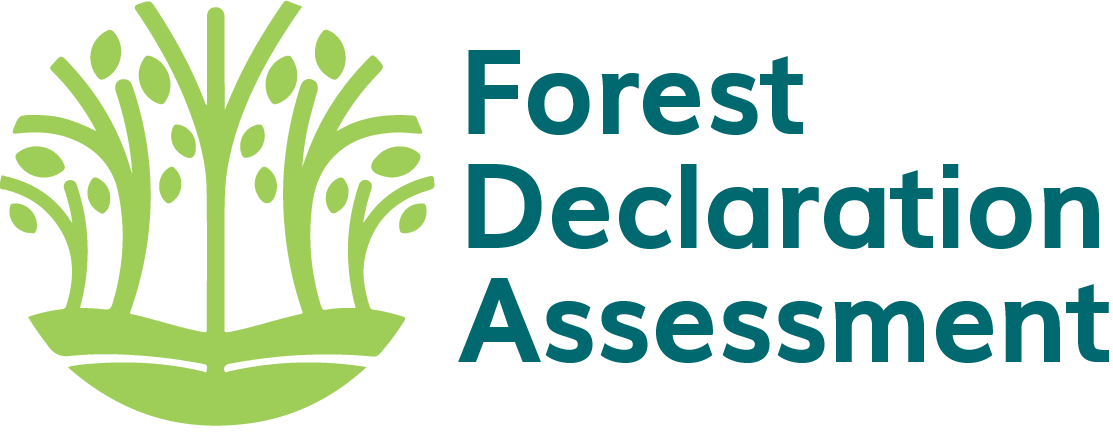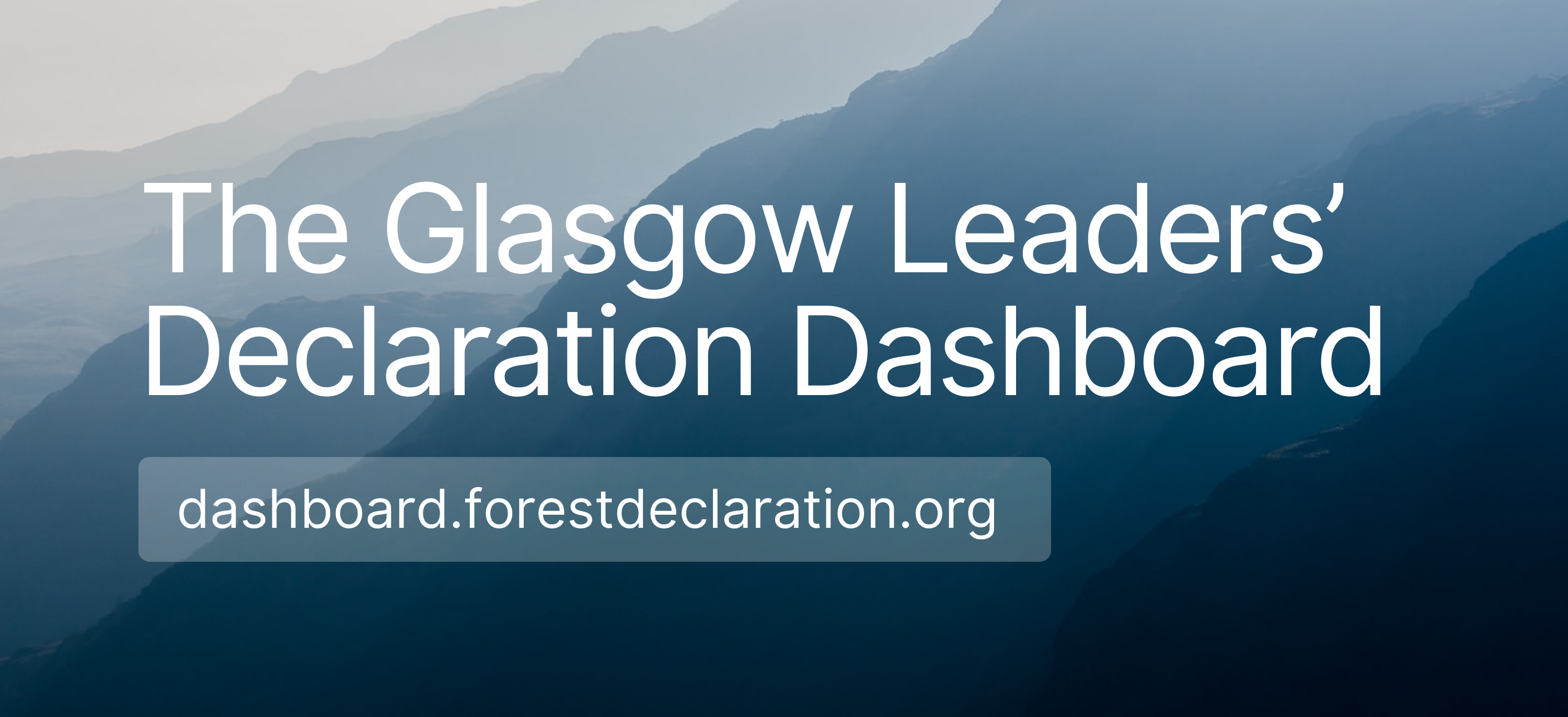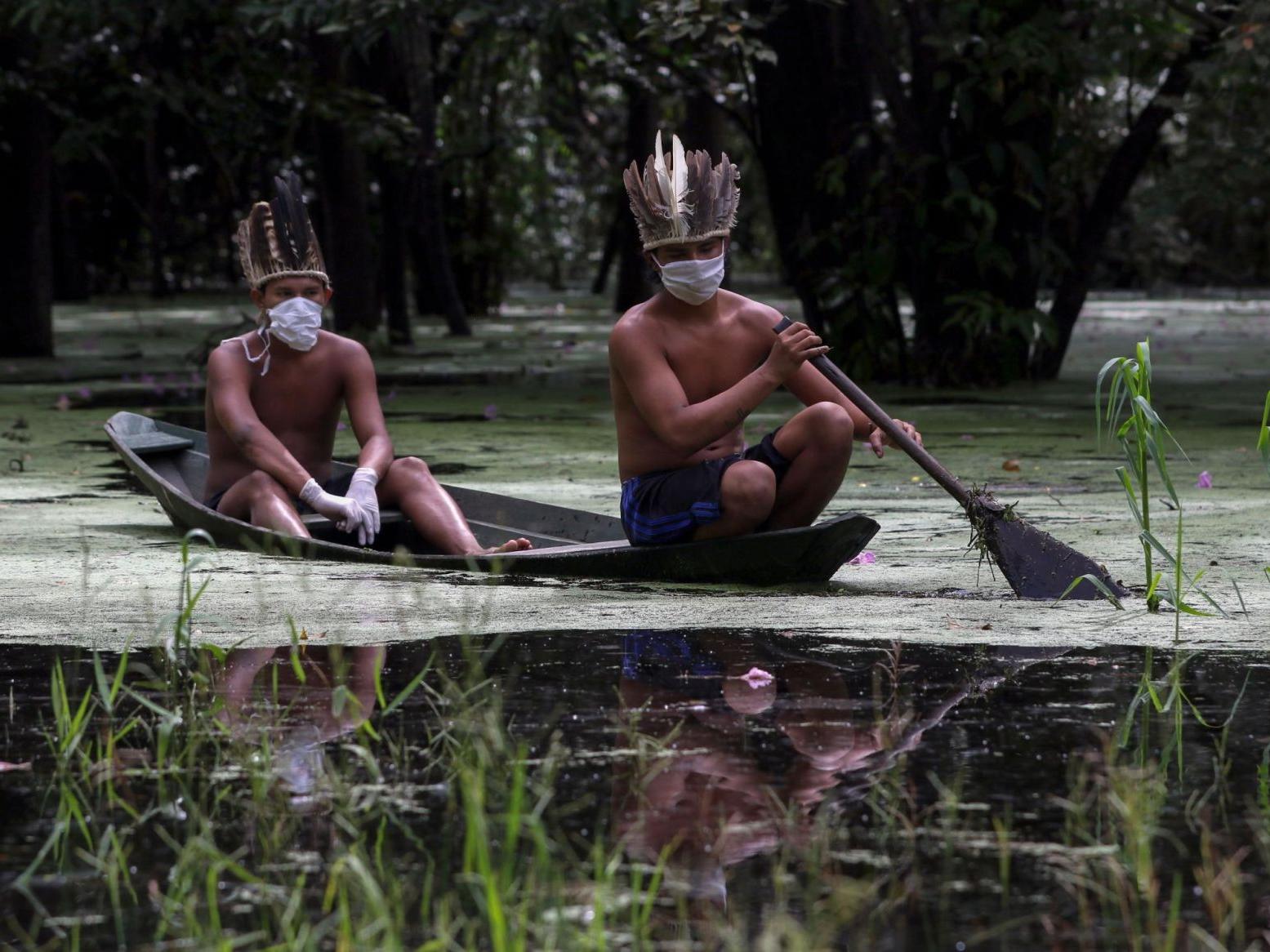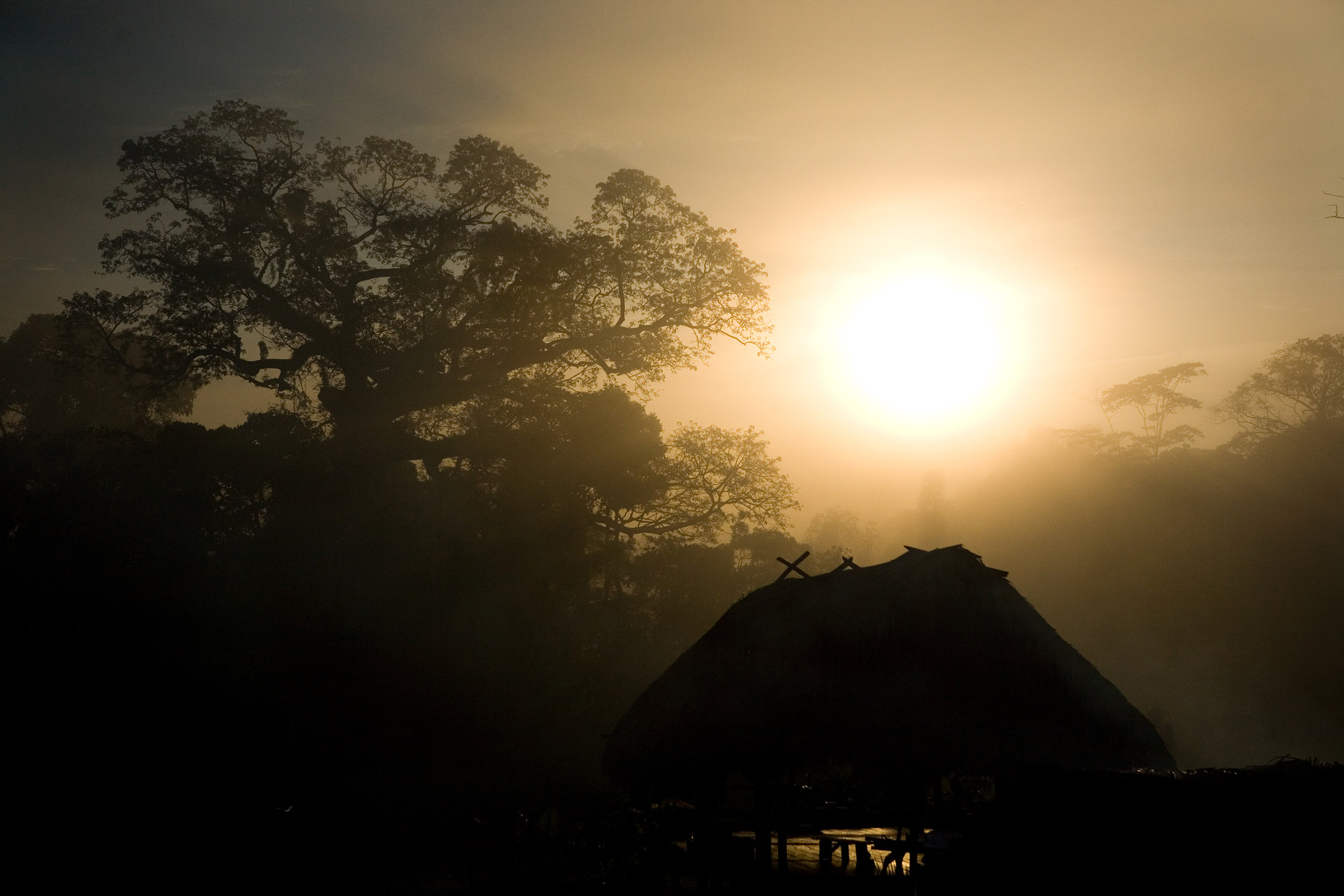Today, a new briefing paper from the Forest Declaration Assessment was released confirming the important role Indigenous peoples and local communities play in combating climate change. According to researchers from World Resources Institute and Climate Focus, 2030 climate targets will be impossible to achieve without protecting and accounting for Indigenous and community lands.
The report focuses on the mitigation potential of Indigenous and community lands in four of the Amazon’s most forested countries: Brazil, Colombia, Mexico, and Peru. It has found that these lands are a hidden, undervalued, yet foundational component of countries’ efforts to cut emissions and adapt to climate impacts in line with their nationally determined contributions (NDCs) under the Paris Agreement.
"Peru would need to retire its entire vehicle fleet to compensate for losing just half of the sequestration services provided by Indigenous and local community held forests,” Darragh Conway, Lead Legal Consultant at the international climate think tank Climate Focus, said.
Without explicitly recognizing the risk to and outlining measures to protect these lands, drastic – and realistically impossible – actions in other sectors would have to be enacted to come close to matching the value of the mitigation services provided by IPLC lands.
Current NDCs fall short in establishing actions, targets, and policies relating to Indigenous and local community-managed lands. In many NDCs and national greenhouse gas (GHG) inventories, carbon sequestered by Indigenous lands and forests are not specifically accounted for, making these lands that have been quietly saving us from climate disaster invisible in national reports. Additionally, these lands are currently threatened by over-development, mining, and agri-business.
More and better data on the contribution of IPLC lands can support policymakers and Indigenous leaders in collectively defining the role Indigenous and local community-managed lands can play in national mitigation and adaptation strategies. To help address the data gap, this paper analyzed the balance of carbon that was emitted from and absorbed by forests between 2001 and 2020 in Indigenous lands compared to other lands.
The analysis in this paper was used to develop a set of actionable recommendations for governments in the four countries, many of which are also relevant to governments in other forest countries with significant Indigenous populations. Countries need to urgently implement measures to protect Indigenous Peoples and their lands from the violence and incursions they are facing, and to empower and respect Indigenous and local communities, or else they risk setting their climate change efforts back significantly – at least 20-30% in this analysis (not to mention other costs such as social harm and the loss of irreplaceable biodiversity).
Incorporating Indigenous peoples and local communities and their lands in NDCs and related processes is an important—and necessary—step toward realizing their potential in helping Brazil, Colombia, Mexico, and Peru meet their international climate commitments.






